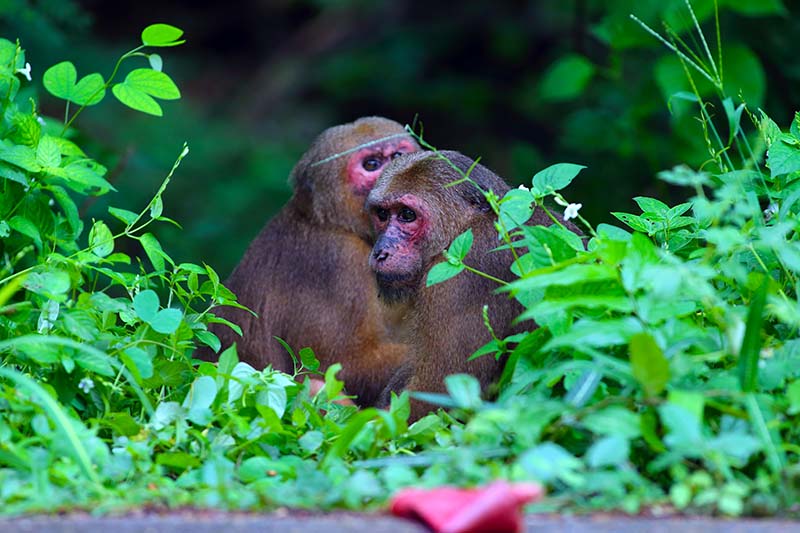
2-minute read
When you feel like giving up, remember why you held on for so long in the first place — Paulo Coelho
Did you know that June 12 is Hug a Climate Scientist Day?
Since pandemic protocols are interfering with random acts of hugging, we’re going with virtual. But if you’ve got a climate scientist at home, you’ll probably be doubling down on the actual hugging given the latest news on global CO2 emissions. According to a June 4 press release from Scripps Institution of Oceanography and NOAA, in May 2020, carbon dioxide in the atmosphere reached 417 parts per million, the highest levels ever recorded. Despite the shutdown, accumulated emissions kept on working through the Earth’s system:
“People may be surprised to hear that the response to the coronavirus outbreak hasn’t done more to influence CO2 levels,” said geochemist Ralph Keeling, who runs the Scripps Oceanography CO2 program, “but the buildup of CO2 is a bit like trash in a landfill. As we keep emitting, it keeps piling up. The crisis has slowed emissions, but not enough to show up perceptibly at Mauna Loa. What will matter much more is the trajectory we take coming out of this situation.”
About that trajectory:
You can learn more about our ongoing planetary predicament from the groundbreaking 2020 Pulitzer Prize-Winning explanatory series: 2°C: Beyond the Limit.
Because hope is an essential mental nutrient in these extraordinarily challenging times, you can replenish your supply by exploring Project Drawdown, a comprehensive plan to reverse global warming from the world’s leading scientists and policymakers.
Feeling inspired to help mend your corner of the world? You can join a community of experts and everyday people working to address some of our most pressing issues from climate change to COVID-19, by supporting the Union of Concerned Scientists.
If you’d like to pitch in and plant a cooling, carbon-storing tree for the planet, head on over to the Trillion Tree Campaign to connect with tree planting organizations around the world. Just click and plant. Or we’ll be happy to plant one for you when you buy any print or electronic book from the FWP series Frankie and Peaches: Tales of Total Kindness. It’s that easy!
And if you’re in need of a brain refresh, you can park your peepers on the work of ten environmental artists using their creativity to interpret the science and impacts of climate change at Artsy.
We’re grateful for all of the people holding it together on the front lines: protecting the planet, saving lives, and championing equality. As far as hugs go, because just about everybody could do with one right about now, we always keep a few spares in stock around here. Have one, or two—actually have a few! They’re electronic so 100% CDC and WHO approved ((())).





































































